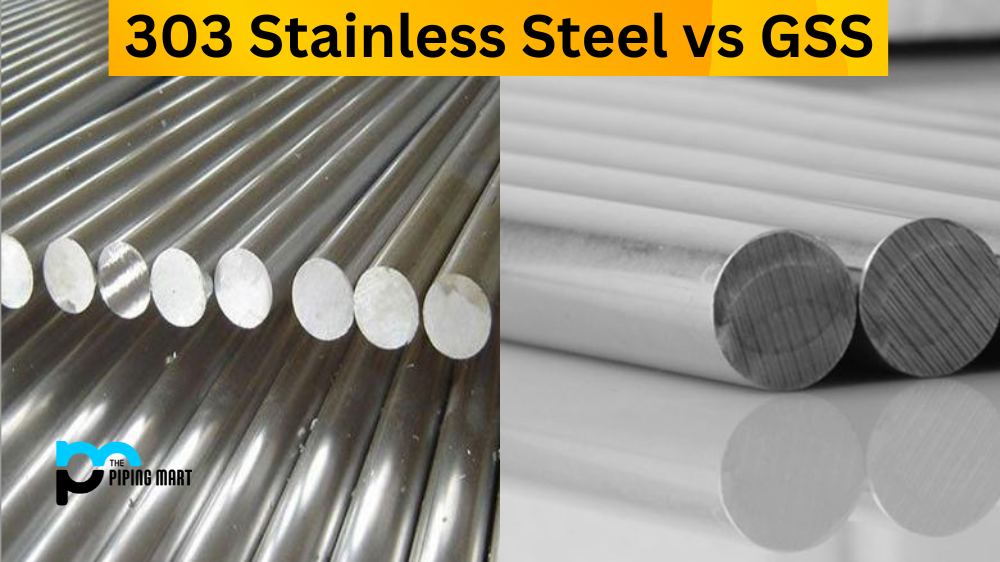Regarding manufacturing, the types of materials used can significantly impact the final product’s quality. Two commonly used materials are 303 stainless steel and GSS (Galling and Seizing Stainless Steel). Both metals are known for their strength and durability, making them suitable for different industries’ manufacturing requirements. However, some differences in composition, properties, and applications set them apart. In this post, we will look at the key features of 303 stainless steel and GSS and explore their similarities and differences to help you select the most appropriate material for your manufacturing needs.
Difference Between 303 Stainless Steel and GSS
Composition
The first difference between these two materials is their composition. 303 stainless steel contains trace amounts of sulfur and phosphorus, which enhance its machinability but reduce its corrosion resistance. On the other hand, GSS has a higher nickel content, which gives it improved corrosion resistance and an anti-galling property but makes it less machinable than 303 stainless steel. Therefore, the choice between these two materials depends on the manufacturing process’s priorities, such as the complexity of the design, tolerances, and finish requirements.
Properties
The second difference is in their properties. 303 stainless steel has excellent toughness and flexibility, making it suitable for high-stress applications like the aerospace and automotive industries. It also has magnetic properties that make it suitable for magnetic components. GSS, on the other hand, is highly resistant to galling and seizing, which makes it ideal for fastener applications like bolts, nuts, and screws. GSS can also handle high temperatures and pressures, making it suitable for oil and gas applications.
Applications
The third difference is in their applications. 303 stainless steel is commonly used to manufacture complex components that require good machinabilities, like shafts, valves, and gears. It is also used in medical devices and food processing equipment due to its ease of sterilization. GSS, on the other hand, is ideal for fasteners in hostile environments that demand high wear resistance and high-temperature applications in valve and pump components. It is also widely used in marine environments with exposure to saltwater.
Similarities
Despite their differences, both materials share some similarities. For example, they are both highly durable and can withstand harsh environments without losing strength. They are also resistant to corrosion and rust, making them ideal for outdoor applications. Additionally, both materials are easy to fabricate, making them suitable for various manufacturing applications.
Conclusion
In conclusion, choosing between 303 stainless steel and GSS in manufacturing depends on your application’s requirements. If your application demands excellent machinability and magnetic properties, 303 stainless steel is the best material. However, if your manufacturing process requires high wear resistance and anti-galling properties, go for GSS. Both materials have unique properties that make them suitable for high-performance applications in different industries. Ultimately, working with a knowledgeable supplier of these materials can help you make the right choice based on your manufacturing needs.

A passionate metal industry expert and blogger. With over 5 years of experience in the field, Palak brings a wealth of knowledge and insight to her writing. Whether discussing the latest trends in the metal industry or sharing tips, she is dedicated to helping others succeed in the metal industry.




